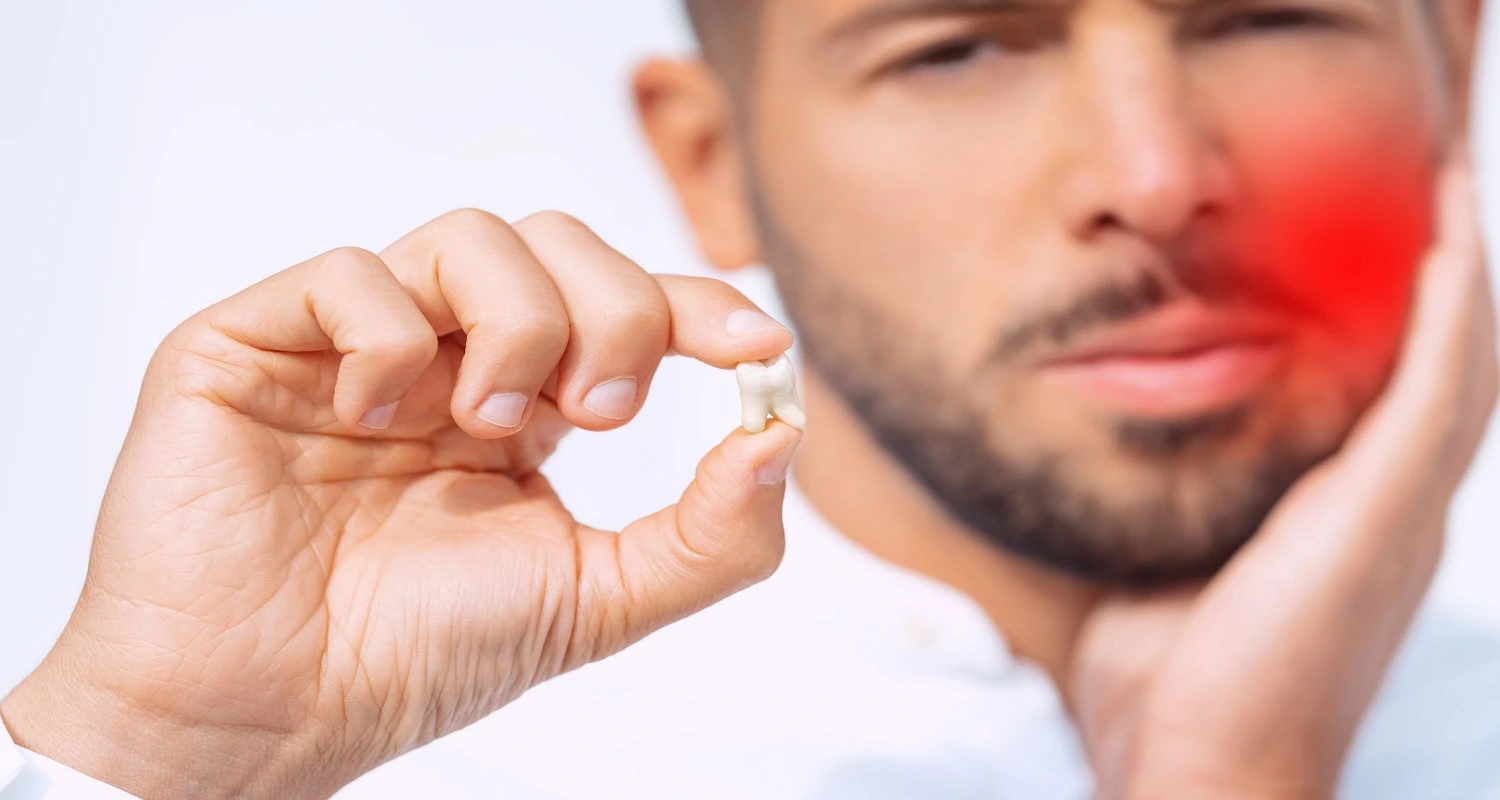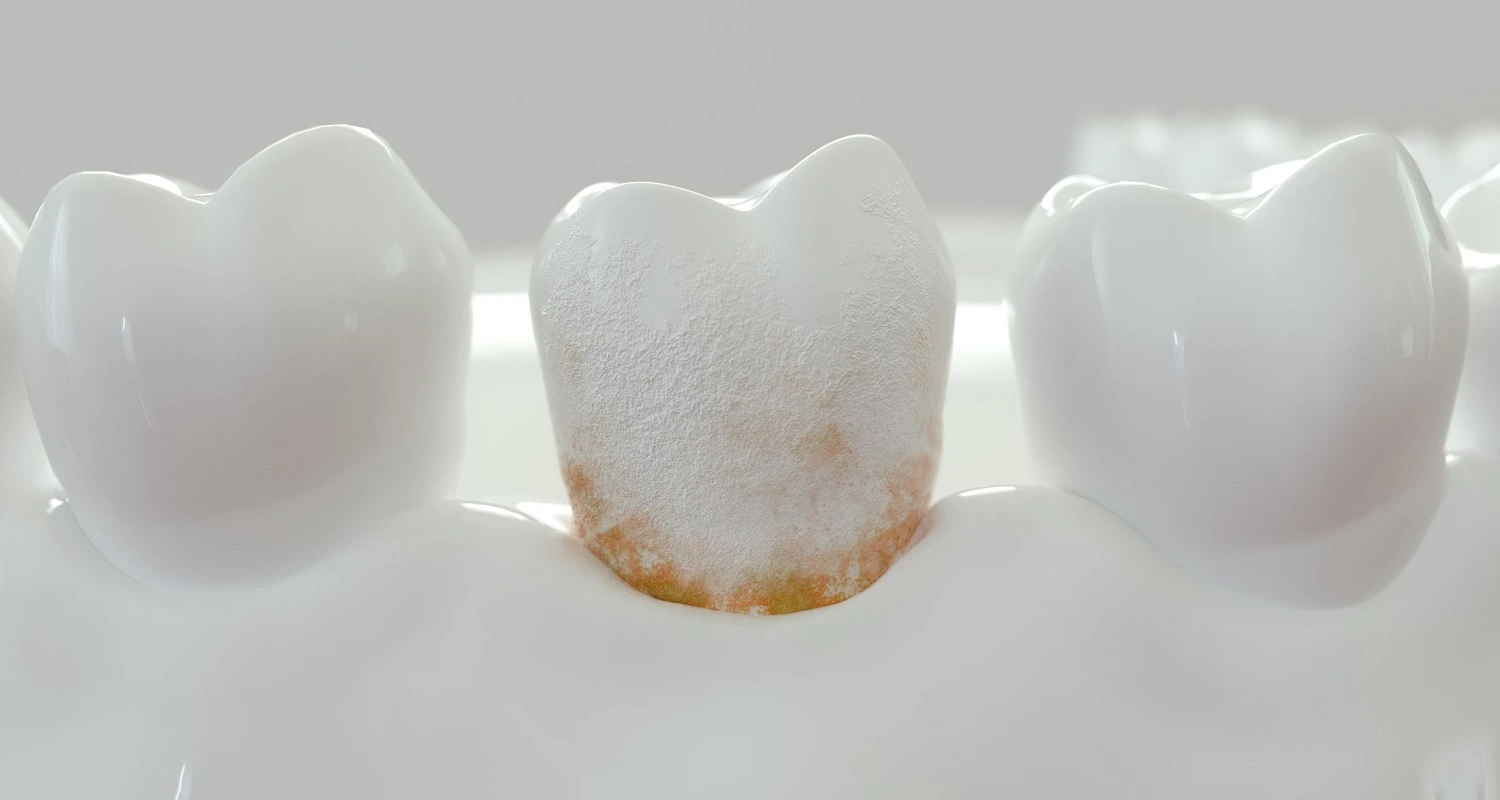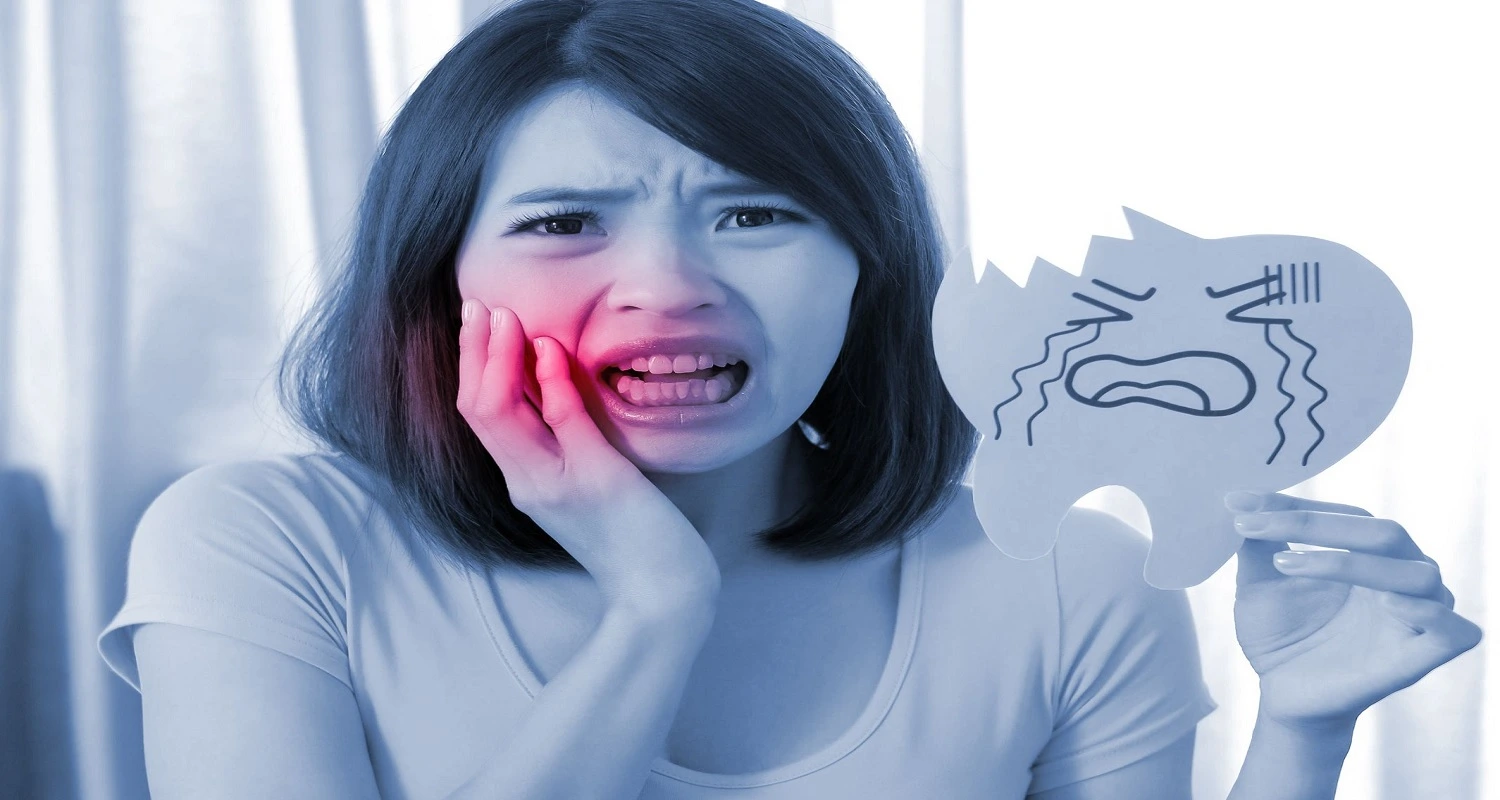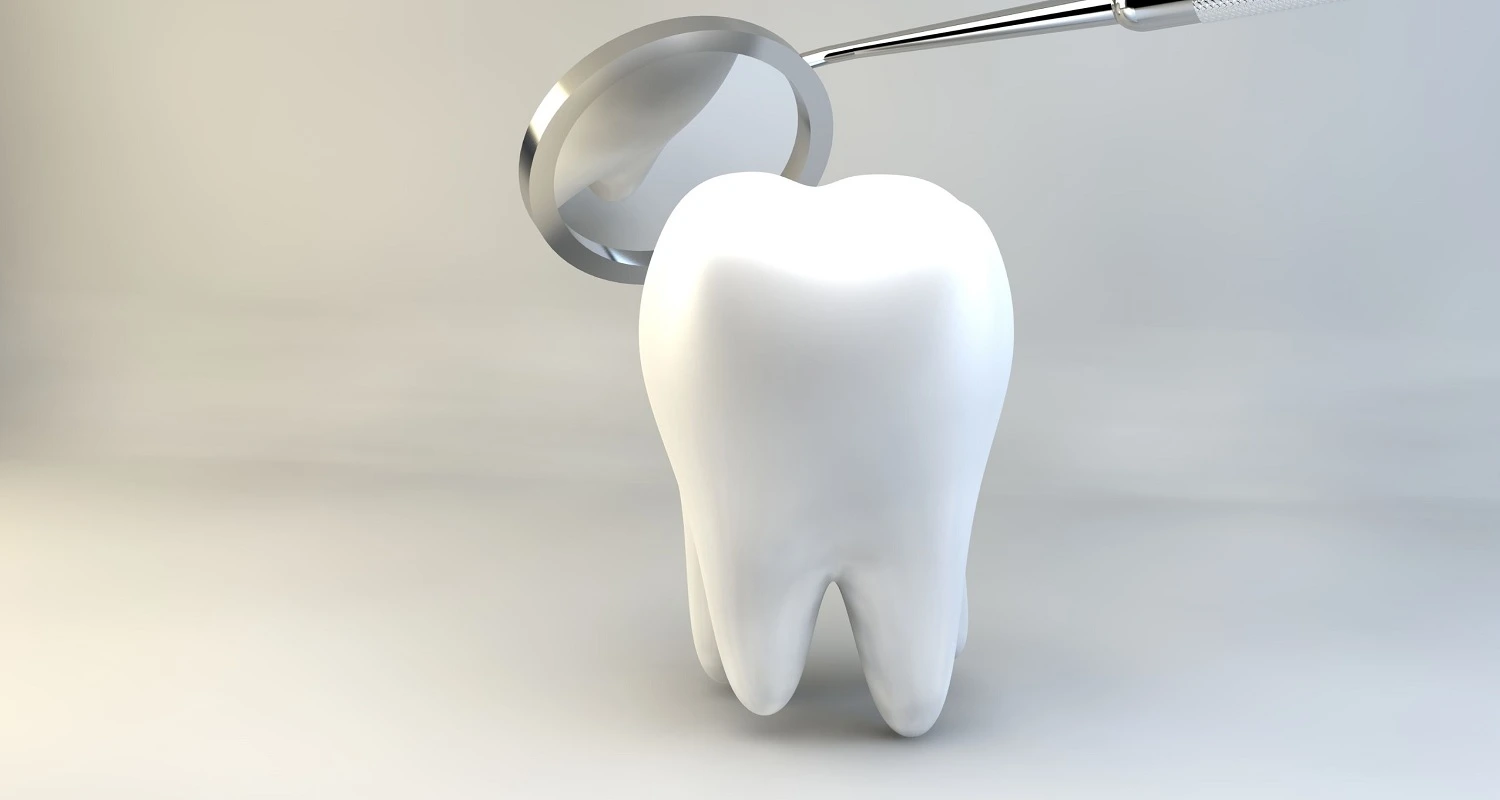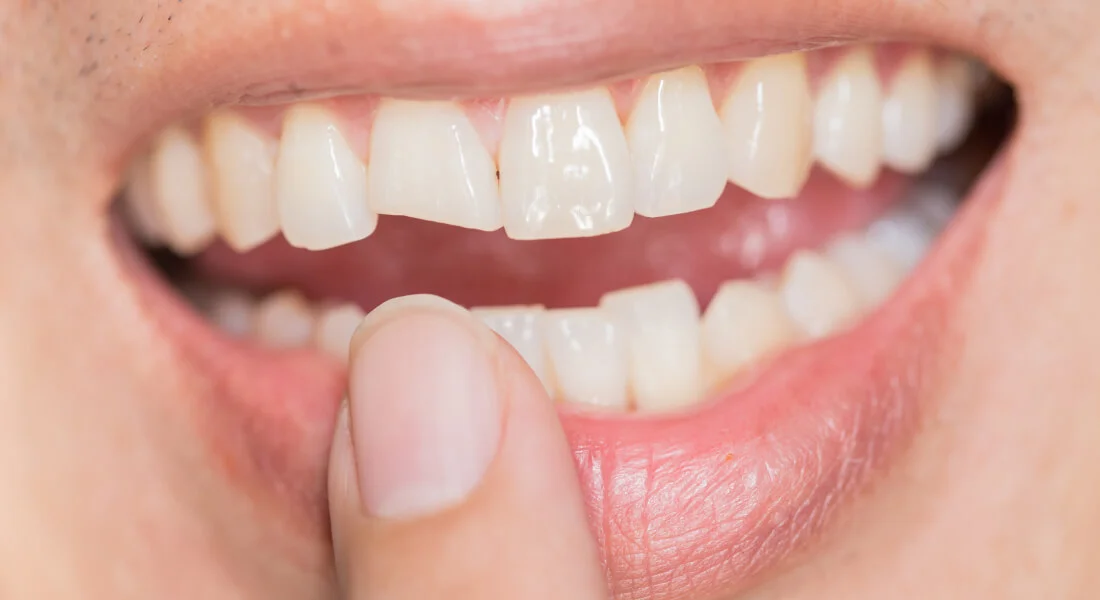Last Updated on: 10th December 2025, 07:38 am
Tooth subluxation can occur as a result of various situations such as a contingency during sports practice, a traffic accident, a fall, chewing very hard food, or brushing the teeth with excessive force.
If not promptly addressed, this injury can potentially give rise to more intricate oral health complications. If you are interested in another topic, like chipped front tooth repair, you can click on the link here.
What is Tooth Subluxation?
Dental subluxation is a common injury, the result of a trauma or external force that impacts the mouth and causes a slight displacement of the tooth, without removing it from the socket.
What Types of Dental Subluxation are there?
The classification of the dental subluxation is essential to determine the treatment route to follow.
In mild cases, careful observation and regular follow-up may be possible to verify the recovery process. In more serious cases, it will be necessary to apply other therapeutic procedures.
Dental subluxation is classified into different types, depending upon the severity and direction of tooth displacement:
1. Extrusive – It is the most common. In this case, the tooth moves outward, and an elongation of the tissues occurs. There is slight mobility of the tooth and slight bleeding in the gums.
2. Lateral – The tooth moves to one side and shows an inclination. The mobility of the dental piece is more pronounced, and inflammation of the gums and associated pain may be recorded.
3. Intrusive – The tooth moves into the socket, with minimal to no mobility; the root or alveolar bone may have a fracture. In this type of subluxation, it is necessary to assess with the help of X-rays.
4. Rotational – This type of injury is not frequent. The tooth is rotated on its axis, and a bad position is generated. Its mobility may vary, depending upon the degree of rotation; it is possible to observe an asymmetry in the dental midline.
Symptoms and Diagnosis of Tooth Subluxation
Pain, sensitivity, and mobility are frequent signs that warn of a dental subluxation. Inflammation of the gums surrounding the affected tooth, tilting or misalignment of the tooth, and some bleeding may also be seen.
• The pain can range in intensity from mild discomfort to intense, throbbing pain. Generally, it is intensified by biting down or applying pressure to the affected tooth.
• Sensitivity Is also common in cases of dental subluxation. The tooth may become more sensitive to external stimuli, such as hot or cold foods; there may be a sensation of pain or discomfort when consuming certain foods.
• Mobility of the tooth is another characteristic symptom. The affected tooth is slightly mobile when touched or moved with the tongue, which can affect the functionality of the tooth when chewing or speaking.
If a dental subluxation is suspected, it will be necessary to seek professional attention.
For the diagnosis, the dentist checks and feels the teeth and their nearby structures.
In addition, C-rays are taken to assess the position and condition of the root of the tooth. Diagnostic images make it possible to identify fractures of the root or alveolar bone. They also make it easier to determine the degree of displacement registered by the tooth to plan the best treatment.
It should be noted that dental subluxation can occur along with other dental injuries, such as dental fractures or complete dislocations.
What is the Treatment for Tooth Subluxation?
The therapeutic alternatives for dental subluxation depend upon the severity of the injury careful observation and regular follow-up to manual repositioning, the use of dental splints, and pain relief medications.
Receiving the appropriate treatment for the type of subluxation directly affects recovery.
In mild cases of dental subluxation, where the displacement is minimal and there are no associated fractures, the dentist makes a careful observation of the impacted tooth, scheduling follow-ups to monitor the evolution. A soft diet and avoiding biting or putting pressure on the affected tooth during the recovery period will likely be suggested.
Where the displacement of the tooth is more pronounced or there are associated fractures, it will be necessary to reposition the tooth by applying a slight pressure manually to bring it to its original position. In these cases, the oral health professional uses specialized instruments and proper techniques to perform the procedure correctly
After the tooth is repositioned, additional stabilization may be required to ensure proper fixation during healing. Dental splints or orthodontic wires may be prescribed to immobilize the affected tooth and allow it to heal properly. These devices help prevent unwanted movement of the tooth and keep it in its correct position while it heals.
In addition, the dentist can prescribe medications to relieve pain and reduce inflammation, if necessary.
In more serious cases, when there is an injury to dental structures or complex fractures, it will be necessary to apply more complex treatments, such as root canals, periodontal surgeries, or even tooth extraction.
Prevention of Tooth Subluxation
Preventing dental subluxation is essential to preserve oral health. There are different measures to reduce the risk of this type of injury:
• The use of mouth guards during the practice of contact sports helps to cushion the blows and protect the teeth from possible trauma.
• Avoiding excessive consumption of hard and sticky foods prevents tooth injuries. Chewing on hard foods, such as ice, hard candy, or nuts can increase the risk of tooth fractures or tooth displacement. It is advisable to cut them into smaller pieces to facilitate chewing.
• Maintaining good dental hygiene prevents various dental injuries, including dental subluxation. Brush and floss daily to remove plaque and food debris that accumulates between teeth and along the gum line.
• Regular visits to the dentist are also part of prevention. Periodic reviews can be done to assess the condition of the teeth and supporting structures.
• In cases of dental malocclusion or dental crowding, it is recommended to seek the required treatment since the correct alignment of the teeth and a proper bite reduce the risk of dental injuries.
If there are signs of a dental subluxation, it is essential to seek dental care to assess the situation and receive the necessary treatment.
Care should be taken when chewing hard or sticky foods and mouth guards should be used when playing contact sports. In addition, good oral hygiene helps in the prevention of dental injuries.
Frequently Asked Questions
Is it possible for a luxated tooth to reposition itself?
A tooth has the potential to correct its position naturally, and if it doesn’t, it will usually fall out when the adult tooth is prepared to emerge. However, there is an exception to this scenario when the tooth is pushed further into the gums, a condition known as intrusion, which can endanger the development of the adult tooth. In such cases, it is necessary to extract the luxated tooth.
How to Change my Password easily?
Tooth subluxation occurs when the supporting tissues of a tooth are damaged, causing it to become loose, yet it remains in its proper position. On the other hand, tooth luxation happens when a tooth becomes loose and also shifts out of its normal position.
Is tooth luxation considered an emergency?
The urgency of tooth luxation depends upon the severity of the dislocation or damage. If it’s a serious case, immediate treatment like tooth repair or root canal may be necessary. However, for a minor luxation, regular visits to the dentist for monitoring might be sufficient.
How can you identify a subluxated tooth?
A subluxated tooth—which means the tooth-supporting structures have suffered a physical injury resulting in some loosening without any fracture or displacement- exhibits signs and symptoms. These include marked tenderness when touched, tooth mobility, and a sensation of soreness in the affected tooth.
Share:
References
1.Campagne Danielle (January 2023) Introduction to dislocations (dislocations) / https://www.msdmanuals.com/es/hogar/traumatismos-y-envenenamientos/luxaciones/introducci%C3%B3n-a-las-dislocaciones-luxaciones
2. Cleveland Clinic (Agosto 30 de 2021) Tooth Luxation / https://my.clevelandclinic.org/health/diseases/21770-tooth-luxation
3. García Ballesta Carlos, Pérez Lajarín Leonor, López Manuel (April 2003) Guidelines for action in traumatic injuries that cause dislocation / https://scielo.isciii.es/scielo.php?script=sci_arttext&pid=S1138-123X2003000200004
4. Medrano Giannina (May 2010) Diagnosis and treatment of dental dislocations in the deciduous dentition / https://www.redalyc.org/pdf/4215/421539358010.pdf
5. Wikem (December 2021) Dental subluxation / https://wikem.org/wiki/Dental_subluxation
-
Nayibe Cubillos M. [Author]
Pharmaceutical Chemestry |Pharmaceutical Process Management | Pharmaceutical Care | Pharmaceutical Services Audit | Pharmaceutical Services Process Consulting | Content Project Manager | SEO Knowledge | Content Writer | Leadership | Scrum Master
View all posts
A healthcare writer with a solid background in pharmaceutical chemistry and a thorough understanding of Colombian regulatory processes and comprehensive sector management, she has significant experience coordinating and leading multidisciplina...



